Rail signal boxes popped up more frequently as rail companies adopted the ‘absolute block’ signalling system
The history of the rail signal box
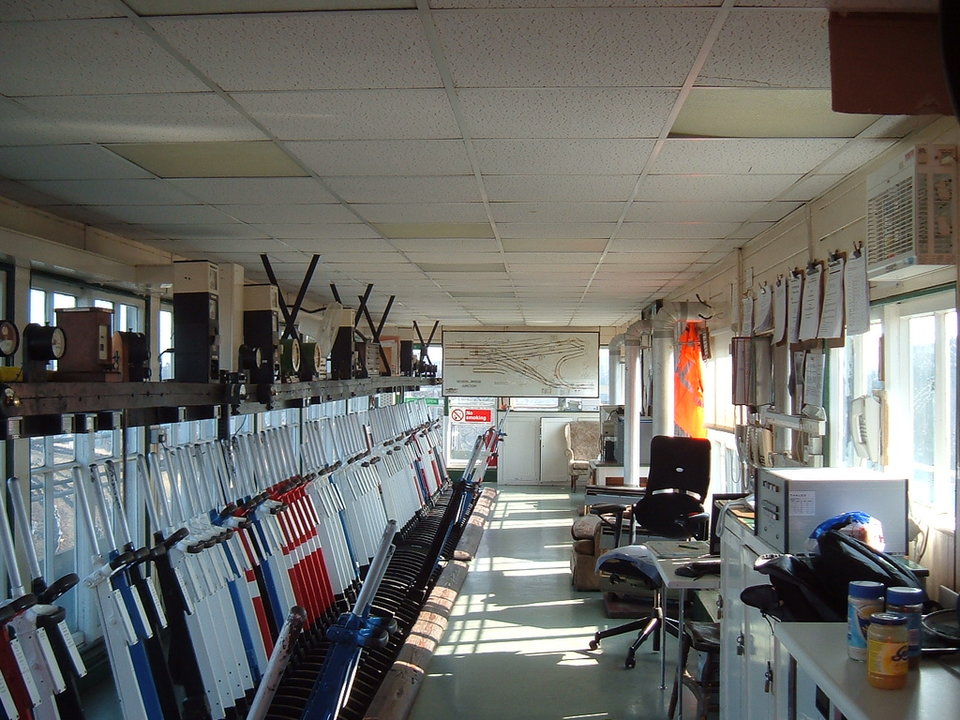
Image courtesy of Railway Heritage Trust
Signal boxes were a phenomenon that evolved to boost efficiency and reduce accidents on the Victorian-era railways. In the early 1800s, the signalman operated local points and signals before trains passed and used flags to signal train drivers when it was safe to move. Putting mechanical interlocking equipment in one centralised box was a much safer bet (and for the signalman, much warmer).
Boxes began to emerge in the 1840s, but the familiar two-storey format is said to have evolved from a design by engineer John Saxby in the 1850s. This comprised an upper level containing levers that control points and signals, and a ground-floor locking room containing the bottom part of the lever frame.
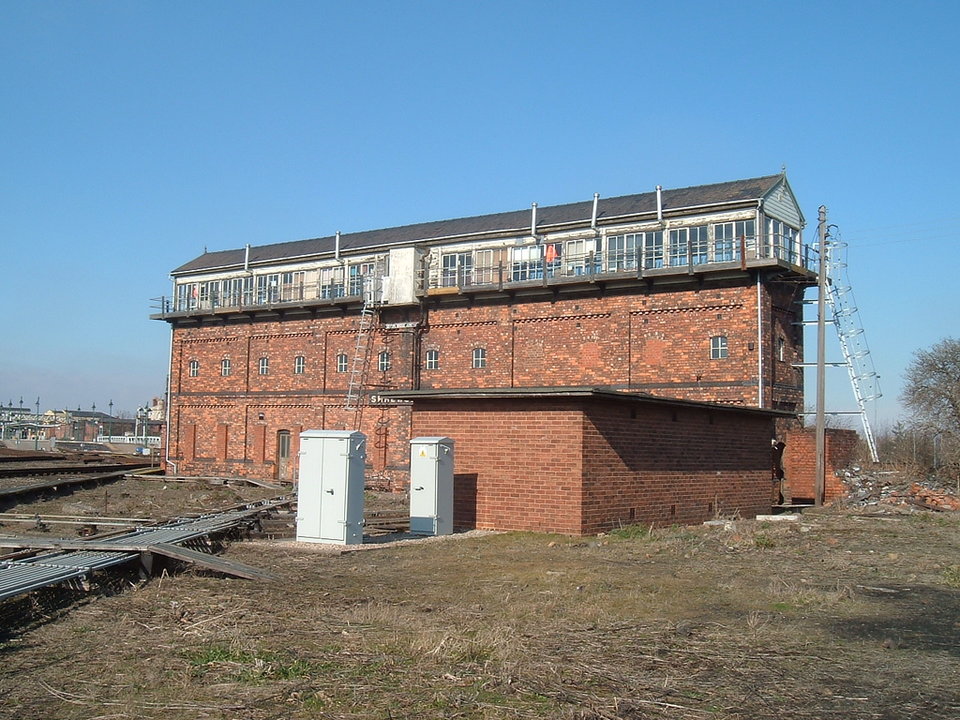
Image courtesy of Railway Heritage Trust
Rail signal boxes popped up more frequently as rail companies adopted the ‘absolute block’ signalling system, which ensured enough space was left between trains running on the same piece of track. Under the Regulation of Railways Act, introduced in 1889, the UK’s Board of Trade could compel rail companies to adopt block signalling on any passenger railway.
The wide variety of companies and private contractors created during this period led a swathe of different box designs, both at level crossings and trackside.
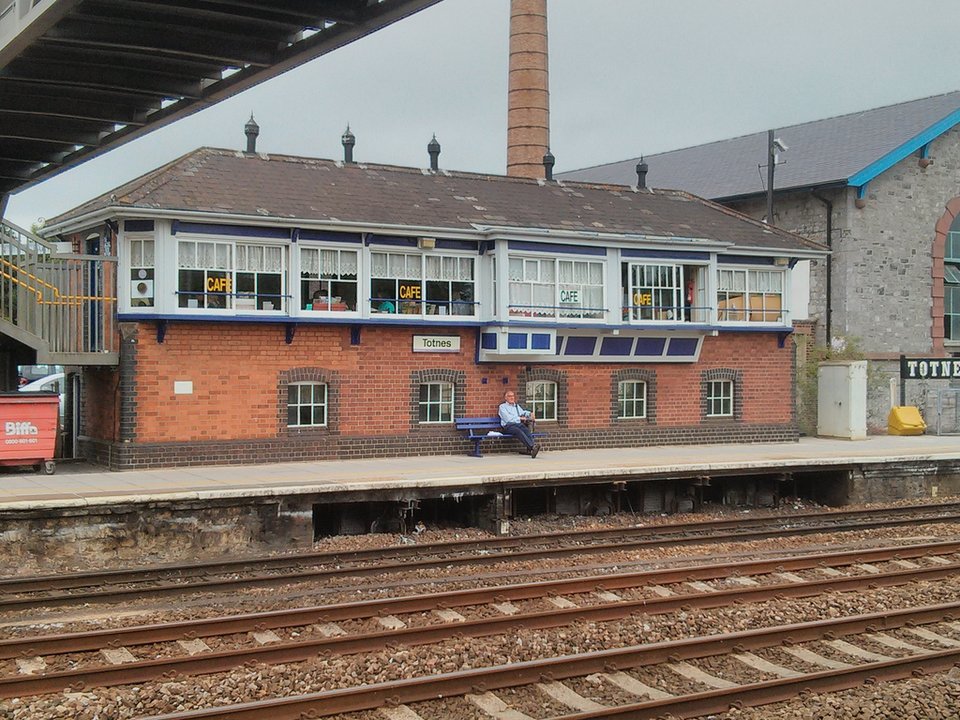
Image courtesy of Railway Heritage Trust
Plummeting numbers
According to a report by Historic England, there were still more than 10,000 mechanical signal boxes in 1948, but this number fell swiftly in the years afterwards as a result of line closures and the adoption of new technology. By 1970, there were 4,000 left, while Network Rail claimed there were only around 800 left in the UK by 2012.
In the 1960s, new power boxes were built featuring ‘Entrance-Exit’ (NX) systems, which allowed signalmen to flick switches that would identify the start and finish of a train’s route. Relay systems in the bottom level of the box would then check whether the route was available, and move points into the required position.
The move from an ‘absolute block’ system to ‘train circuit block’ technology, Savage says, was a major turning point for the railways, as power boxes could cover much wider areas.
“The whole railway is track circuited where previously it was only the areas around the signal boxes,” he says. “This provided much better control of the trains and a much better view of where they are, so it became much more efficient with far fewer signallers.”

Image courtesy of Roger Dimmick
Scrapping of mechanical signal boxes slowed when the railways were privatised in the 1990s. Infrastructure owner Railtrack wanted to curb the costs of installing new power signalling while works to develop larger control centres progressed.
However, in the 2010s Network Rail sought to address the balance with its ongoing ROC plans. A Network Rail spokesperson says that although the 2012 objective was to move a significant number of signalling locations into ROCs by 2017, plans changed with newer technology. In particular, this included the need to consider the effect of the European Rail Traffic Management System (ERTMS) and the European Train Control System (ETCS).
“Approximately 157 locations have closed and been migrated,” says the spokesperson. “Plans are ongoing year on year to ensure that we migrate into the ROCs on a location or line of route basis that is cost-effective for the industry.
“The benefits of centralised centres will be that the Railway Undertakings (RU) staff will work alongside Network Rail staff to allow cohesive working during perturbation. The ROCs are a key part of our strategy to improve performance and reliability whilst driving down the cost of running and maintaining the railway.”
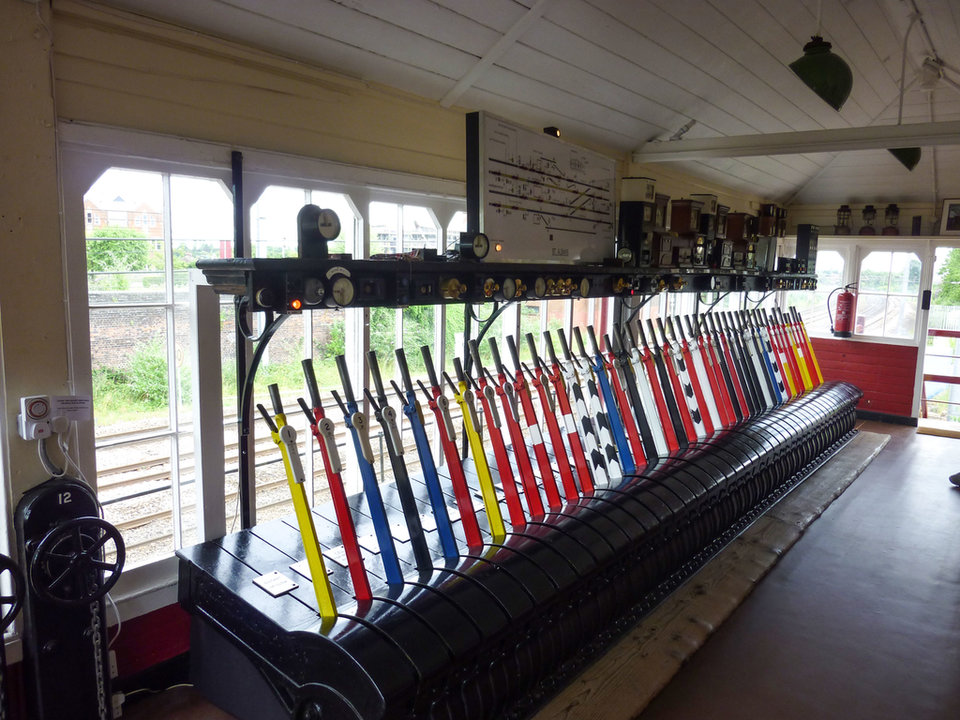
Image courtesy of Railway Heritage Trust
Scrapping of mechanical signal boxes slowed when the railways were privatised in the 1990s
The best options for boxes is to relocate them to a heritage railway
Preserving history
Network Rail has worked with a number of organisations, including English Heritage, Historic Scotland and Cadw to protect listed signal boxes for future generations. It’s also supported the Film Archive of Railway Signalling and People (FARSAP), which has archived images and film of signal boxes in action.
In 2012, Historic England launched a review of all the signal boxes across Great Britain, including heritage and privately owned railways, to provide an extensive list of boxes that should be protected. The Railway Heritage Trust provides grants towards maintenance and upkeep of listed signal boxes, amongst other heritage rail assets.
Savage says that the best options for boxes is to relocate them to a heritage railway, enabling them to continue their lifespan while not getting in the way of Network Rail operations. One such relocation took place in 2012, when a 106-year-old box was returned to a Norfolk level crossing 40 years after being moved to ensure its survival. Alternatively, converting boxes into a museum or café (see the Totnes rail signal box in Devon) is another option that has been explored.
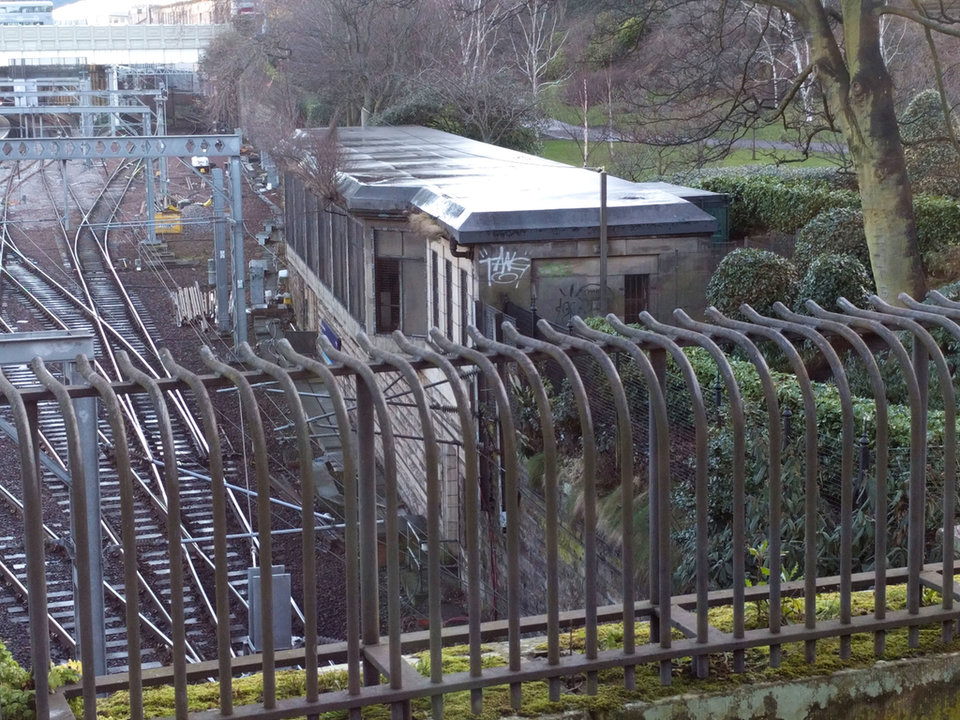
Image courtesy of Railway Heritage Trust
As Network Rail funding does not cover the maintenance of heritage buildings, the cost of listing every Victorian-era box would have been too great for the industry to bear, says Savage. The current location of many boxes can make them harder to protect. Many were built close to the track (or in some cases over them) to increase the span of their mechanical control, but this makes them more difficult to remove or lease out.
“The route where there could have been a case for keeping them is the very rural single-line routes, but they’re actually developing technology,” Savage says. “If you look at the railways in the Highlands or all these long straggling central Wales lines, they virtually all don’t have signal boxes.”
When it comes to the Grade II-listed Severn Bridge Junction, the Network Rail spokesperson says there are currently no plans to re-signal the line between Newport and Shrewsbury, and so it will remain the largest operational mechanical box for the foreseeable future.
“We can’t say for sure how long it will remain open for, as we operate in five-year funding periods, but re-signalling between Newport and Shrewsbury isn’t in the pipeline at the moment,” says the spokesperson.
The sun may be setting on rail signal boxes in the UK. Nevertheless, with heritage organisations and independent bloggers documenting the history of boxes online, the push to keep this prestigious era of signalling alive sees no signs of stopping.
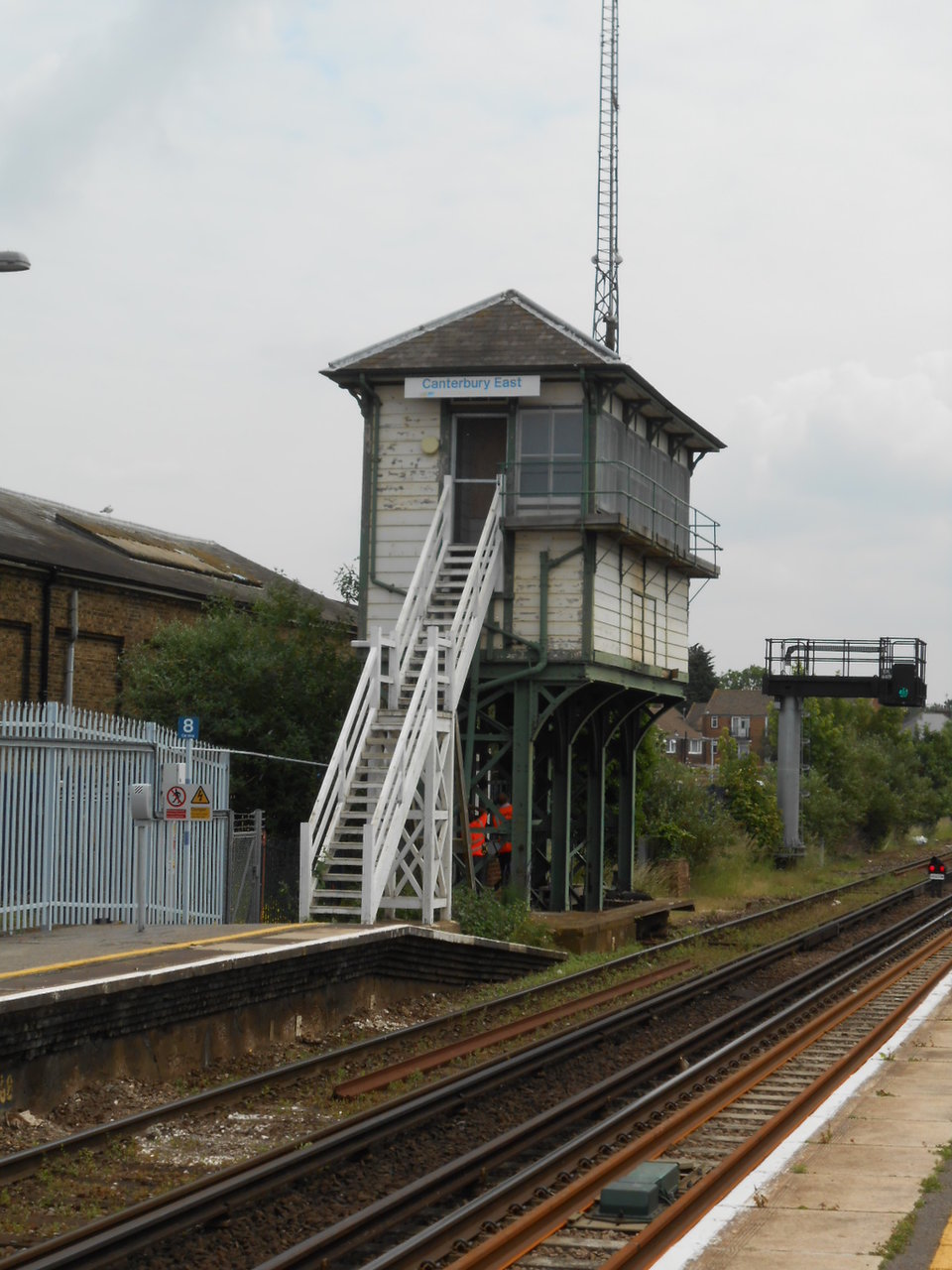
Image courtesy of Railway Heritage Trust